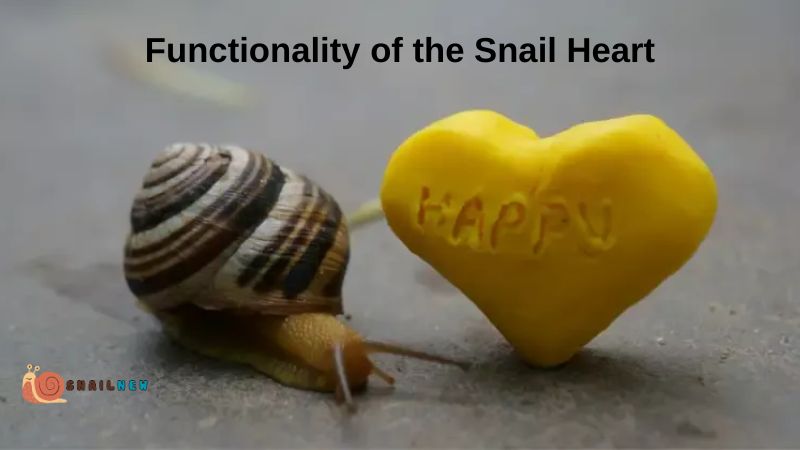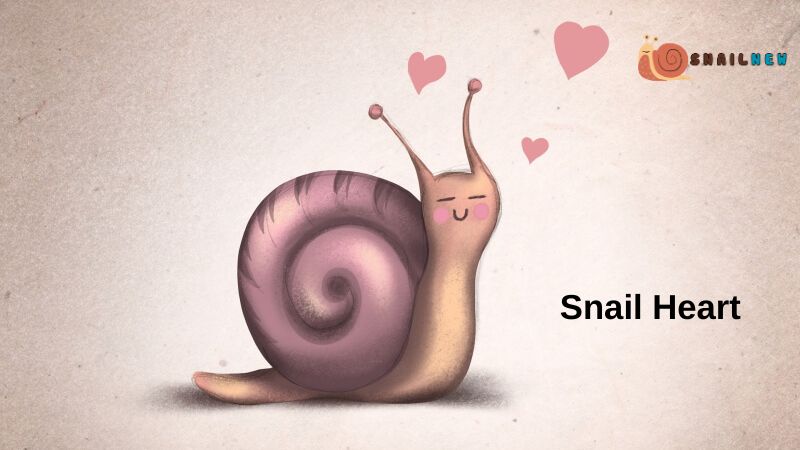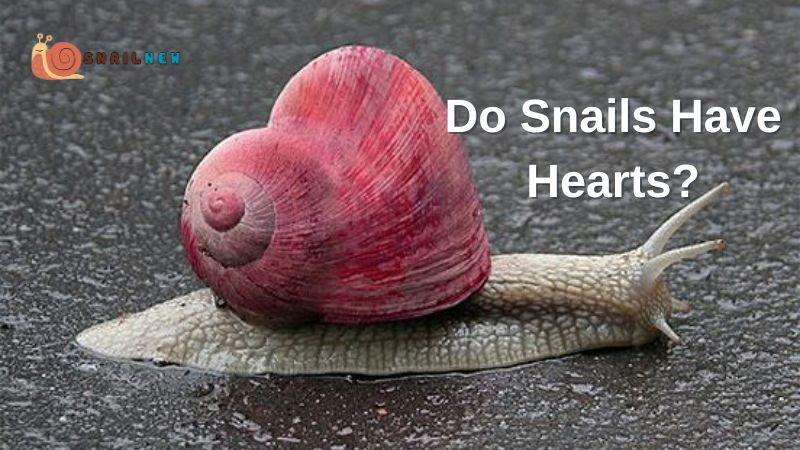Snails, with their leisurely pace and seemingly simplistic existence, often escape scrutiny when it comes to their anatomical intricacies. However, beneath their unassuming exterior lies a fascinating world of biological marvels. One such curiosity that frequently piques the interest of curious minds is the presence of a heart in these gastropods. In this comprehensive exploration, Snailnew delve deep into the world of snail anatomy to answer the recurring question: do snails have hearts?
Table of Contents
ToggleUnderstanding Snail Anatomy:
Before delving into the mystery of snail hearts, it is essential to establish a foundational understanding of their anatomy. Snails, classified under the class Gastropoda, exhibit common traits such as soft bodies, spiral shells, and a prominent muscular foot. Despite the vast diversity of snail species and their respective habitats, they share fundamental anatomical characteristics that underscore their evolutionary heritage and ecological adaptations. Understanding these shared features provides a framework for unraveling the complexities of snail physiology and cardiovascular systems.
The Heart of the Matter:

Now, let us address the question that lingers on the lips of many enthusiasts: do snails have hearts? Indeed, they do. Within the intricate framework of a snail’s anatomy lies a vital organ responsible for circulating hemolymph, the equivalent of blood in these fascinating creatures.
The Structure of the Snail Heart:
In contrast to the intricate cardiovascular systems found in mammals, the heart of most snails is relatively simple. Typically consisting of one or two chambers, the snail’s heart is responsible for pumping hemolymph, a fluid that lacks the oxygen-carrying capacity of mammalian blood, throughout the creature’s body. Despite its simplicity, this system effectively transports nutrients and waste products, illustrating the remarkable adaptability of snails to their diverse environments and evolutionary constraints.
Functionality of the Snail Heart:
The rhythmic pulsations of the snail heart sustain the flow of hemolymph, facilitating essential physiological processes. As the heart contracts and relaxes, hemolymph is propelled through a network of vessels, reaching various tissues and organs. This circulation ensures the delivery of nutrients and the removal of metabolic byproducts, thereby maintaining the snail’s internal equilibrium.

Evolutionary Significance:
The presence of a heart in snails holds profound evolutionary significance, reflecting adaptations to diverse ecological niches. Throughout millennia of evolution, snails have inhabited a wide range of habitats, from terrestrial landscapes to aquatic realms. The development of a functional circulatory system, including a rudimentary heart, has contributed to their survival and proliferation in these varied environments.
Adaptations in Different Snail Species:
Though the fundamental architecture of the snail heart is largely uniform across species, adaptations have arisen in response to distinct environmental challenges. Aquatic snails may develop specialized features to facilitate oxygen uptake and circulation in water, while terrestrial species may prioritize efficient nutrient transport on land. These adaptations underscore the remarkable versatility of snails in adapting to diverse habitats and highlight the ongoing evolutionary interplay between organisms and their environments.
Do Snails Have Hearts in the Literal Sense?
Yes, snails do have a heart, although it’s quite different from mammalian hearts. In most snails, the heart is a simple organ that consists of one or two chambers and pumps a colorless fluid called hemolymph throughout the snail’s body. This fluid doesn’t carry oxygen like blood in mammals; instead, it transports nutrients and waste products.

As we delve deeper into the realm of snail anatomy, a nuanced question emerges: do snails have hearts in the literal sense, akin to the complex cardiovascular organs found in mammals? While the anatomical structures fulfilling similar functions exist, the fundamental differences between mammalian and snail circulatory systems necessitate a nuanced understanding.
Challenging Perceptions:
Contrasting snail hearts with their mammalian counterparts offers a unique perspective on organ complexity and functionality. While snail hearts may appear simple, they embody elegance in design and efficiency in function, challenging conventional notions. This comparison underscores the diversity of evolutionary solutions to life’s challenges, highlighting the ingenuity inherent in the myriad adaptations observed across the animal kingdom. Such insights deepen our appreciation for the complexities of biological systems and the marvels of evolutionary innovation.
Ecological Implications:
Beyond their physiological significance, the presence of hearts in snails has ecological implications that resonate throughout ecosystems. As key players in food webs and nutrient cycling, snails contribute to the balance and resilience of terrestrial and aquatic habitats. Understanding the intricacies of their anatomy, including the humble heart, is essential for informed conservation efforts and ecosystem management.
Conclusion:
In conclusion, the question “do snails have hearts?” reverberates through the corridors of curiosity, inviting us to unravel the mysteries of these fascinating creatures. As we journey through the intricate landscape of snail anatomy, we discover not only the presence of a vital organ but also the nuances of adaptation, evolution, and ecological interconnectedness. Indeed, in the world of snails, the heart of the matter holds profound significance, reminding us of the boundless wonders that await exploration in the natural world.
Related Posts:
- Unveiling the Enigmatic Lifespan: How Long Do…
- A Comprehensive Guide: What to Feed Mystery Snails
- What Do Sea Snails Eat? Exploring the Culinary…
- The Fascinating Process of Snail Laying Eggs: A Closer Look
- Exploring the Pace of Nature: How Fast Are Snails?
- Exploring the Aquatic Realm: Can Snails Breathe Underwater?


